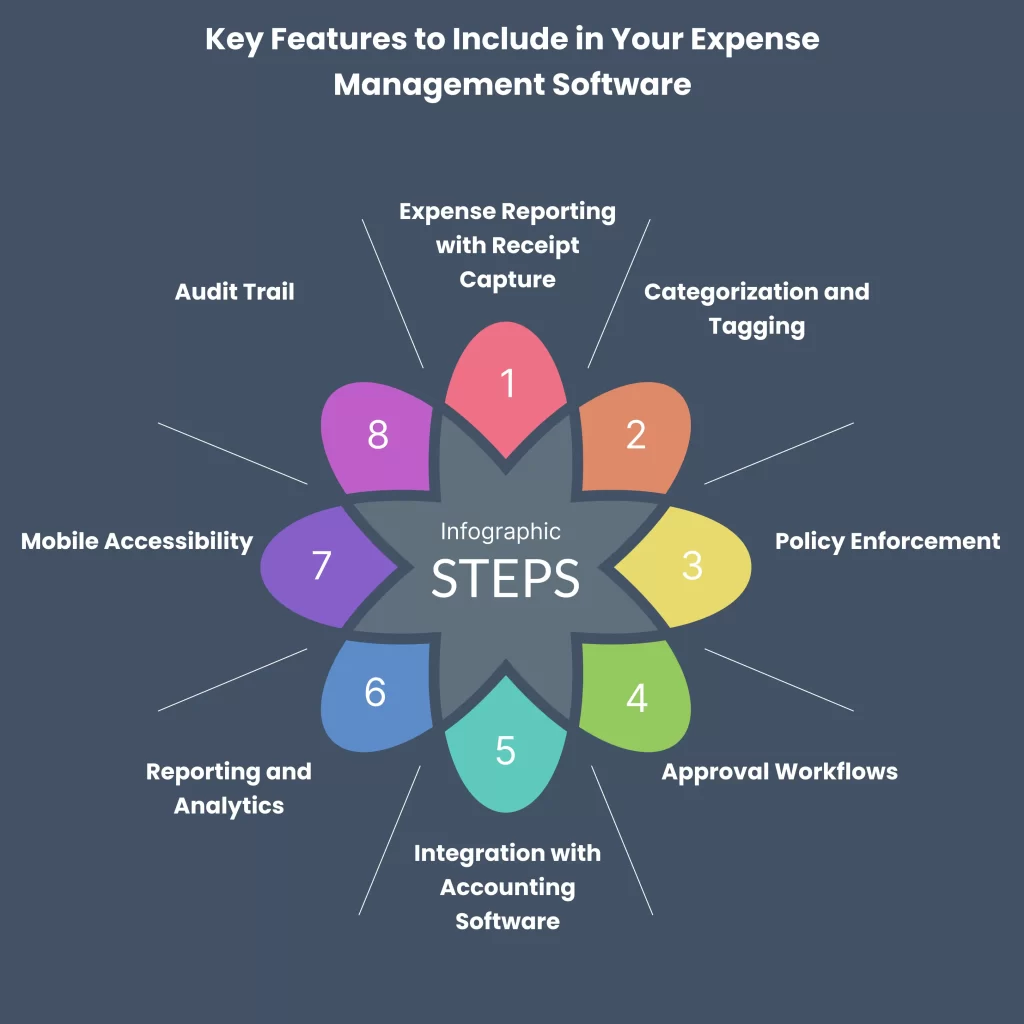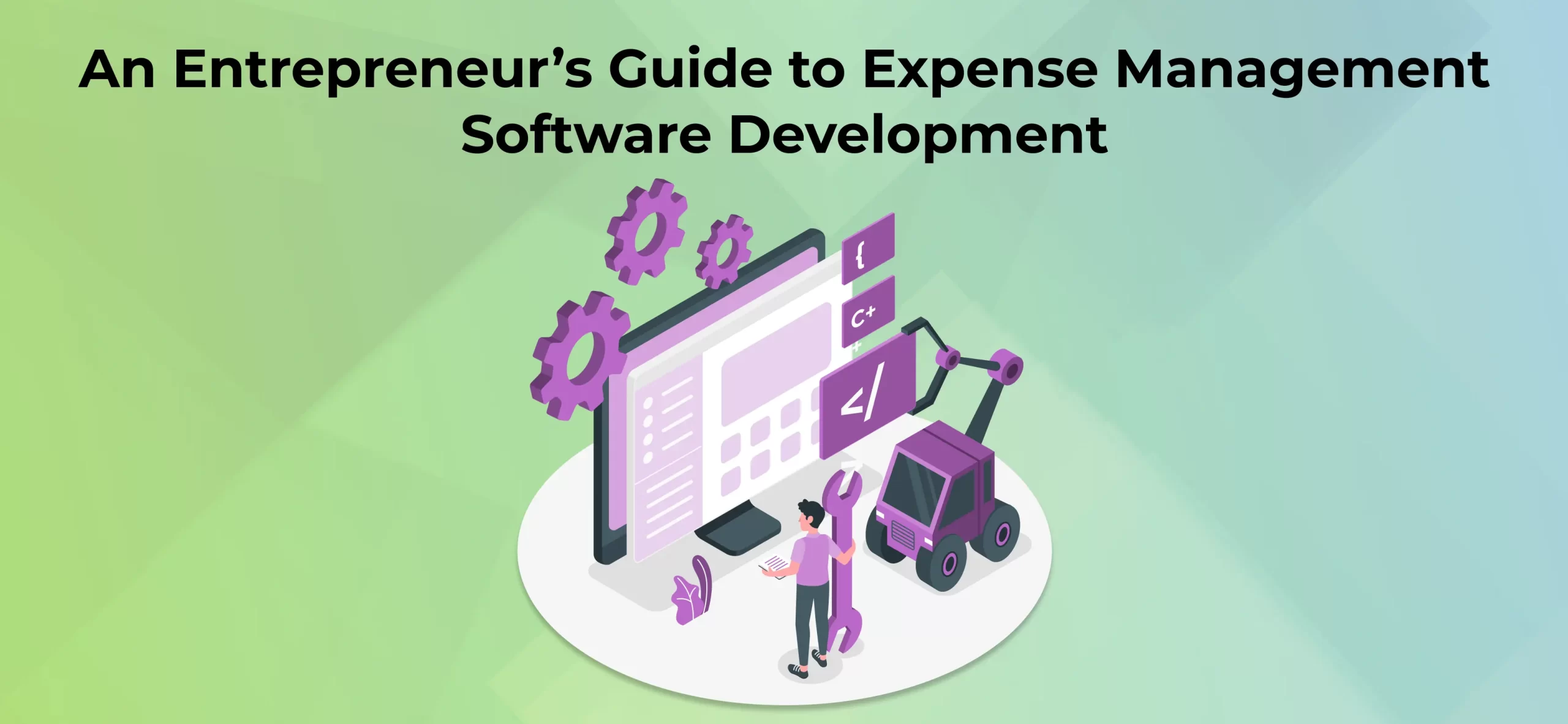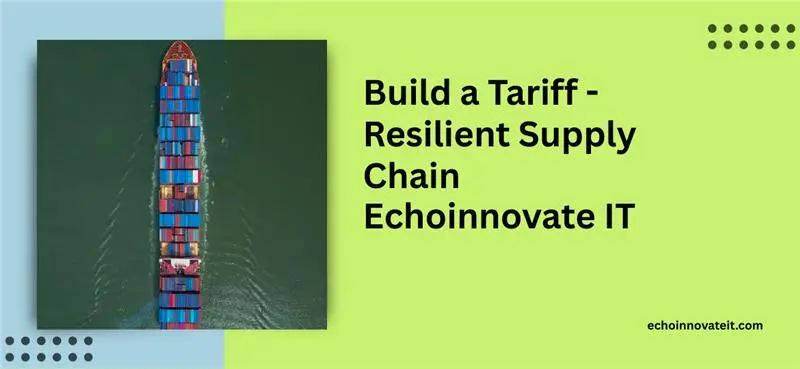Remember those end-of-month scrambles, crumpled receipts piling up in your shoebox, and that unsettling feeling that money seems to have disappeared? For entrepreneurs juggling multiple tasks simultaneously, manual expense tracking may become an inconvenient reality – from tracking paper trails and deciphering handwritten invoices to deciphering unintelligible handwriting into spreadsheets and manually entering data into them! Manual expense tracking processes require time, resources, and staff input – leaving little left over for other things.
Thankfully, expense management software offers an intelligent alternative. Promising to simplify these tedious tasks and provide a clear view of spending trends for any small or startup businesses, expense management programs can offer digital relief from tedious paperwork tasks while offering clear cost control insight. While generic solutions exist for entrepreneurs and small businesses alike, their specific challenges often necessitate personalized approaches: small teams may lack resources; specific industry regulations must also be adhered to, and tight cost control requires tailored approaches explicitly suited to your startup journey – they require something that truly understands them inside out if possible.
Custom expense management systems can offer businesses an edge, providing precise features and integrations that enable growth. Imagine having software built from the ground up to mirror approval workflows, connect seamlessly with already-used accounting tools, and deliver reports to illustrate financial health. While development might raise concerns like the cost of developing expense tracker software, its long-term advantages of increased efficiency, accuracy, and control could prove transformative for any organization.
This guide will show how investing in expense management software development for startups and growing businesses can be a strategic advantage, providing flexibility and scalability that generic options often don’t. Let’s discover why choosing custom can empower you to conquer expense management hurdles while staying true to building your vision.
Key Features to Include in Your Expense Management Software

As with any software development project, when embarking on expense management software creation, it is imperative that certain key features of expense management software be present to create an efficient and worthwhile tool for your business. Not only can such features automate business expenses, but they will also provide essential control and insight necessary for sound financial administration.
Expense Reporting with Receipt Capture
At the core of any expense management system lies user ease of use: submitting expenses efficiently. Employees should seamlessly record spending details such as date, amount, vendor, and payment method. OCR technology makes this possible: users take a photo with their mobile device of any receipt that needs extracting. The software extracts key details automatically, reducing manual data entry errors by up to 90% while increasing adoption and timely expense submissions by over 60%! This convenience significantly boosts adoption as well as timeliness.
Categorization and Tagging
Comprehensive categorization and tagging capabilities are critical to extracting meaningful insights from expense data. Your software should enable the creation of customizable expense categories explicitly tailored for your business (e.g., travel expenses, meals costs, supplies expenses, or marketing), with tags (project codes or client names or departments, etc.) adding another level of detail for analysis and reporting purposes – this granular level tracking enabling more precise budget allocation, cost center accounting as well as overall expense recording capabilities that exceed simple expense recording alone.
Policy Enforcement
Compliance with company spending policies is integral for cost control. With our policy enforcement feature, administrators can set spending limits, expense types allowed, and documentation requirements by employee level or department – the software then automatically flags any violations upon submissions of expenses from employees, prompting them with explanations or even disallowing submission altogether if noncompliance occurs reducing administrative workload significantly while guaranteeing compliance to guidelines and decreasing burdensome manual review burden.
Approval Workflows
One key benefit of expense management software is streamlining the expense approval process. Customizable approval workflows enable you to set multi-tier approval hierarchies based on department, expense amount, or project. Submitted expenses are automatically routed to appropriate approvers with notifications or reminders sent for quick action – eliminating paper approvals while cutting delays and creating an audit trail of who approved each expense and when.
Integration With Accounting Software
Seamless integration with accounting software such as QuickBooks or Xero is unavoidable for an in-depth financial overview. This feature enables the automatic transfer of approved expense data directly into your accounting system without manual data import and significantly reduces discrepancies in risk. Integrating expense records provides real-time views into company finances – many SaaS expense management tools prioritize integrations for increased efficiency.
Reporting and Analytics
At the heart of expense management software lies its power to transform raw data into actionable insights through comprehensive reporting and analytics. A sound system should include pre-built reports (such as spending by category, employee, or department) and custom ones with specific criteria or tags attached for custom report creation. Visual dashboards or data visualization can further aid in understanding spending patterns while uncovering cost-saving opportunities and helping with better budget forecasting.
Mobile Accessibility
In today’s fast-paced business environment, mobile accessibility is no longer a luxury; employees need the ability to submit expenses remotely using smartphones or tablets, with receipt capture, expense recording, and submission being made easily without leaving home or the office. A well-designed app facilitates timely capture and submission without leaving anything out, increasing efficiency by eliminating lost receipts or forgotten details that would otherwise remain lost or forgotten.
Audit Trail
An audit trail is essential for transparency, compliance, and accountability. Your expense report software should automatically record every action taken against an expense report submitted for approval or edit, such as submission, approvals, edits, and payments, as well as timestamped user identities to create an accessible history that makes internal audits simpler as well as meeting regulatory requirements easier.
How To Build Expense Management Software: The Development Process
Learning how to build expense management software requires an organized, systematic approach to succeed. This guide details each stage for developing custom solutions, from tracking app features to complete web solutions.
Defining Your Requirements
An in-depth knowledge of your needs is at the core of any successful software development project. To facilitate a proper analysis, this initial phase involves examining current expense management practices and any problems they present – where are bottlenecks occurring and why? Where are the inefficiencies? Which specific issues do you aim to overcome with custom software solutions? Once this analysis is completed, the next step should outline the features and functionalities your custom solution must possess. Setting clear budget and timeline constraints is essential in making informed decisions throughout the development process and managing expectations effectively.
Once You Understand Your Requirements
After establishing a clear understanding of the requirements for the development project, the next step should be identifying in-house development or outsourcing to an outside software development company as your preferred development approach. Development within the house provides more control and often more profound knowledge of internal processes; however, it requires having all the technical resources within your team to do this effectively. Outsourcing software development offers access to specialist skills that may speed up development times; however, potential partners must meet your requirements regarding communication, cost control, and expertise – the right decision depends on individual circumstances and resources.
Selecting the Right Technology Stac
Your software’s technological foundation enormously affects its performance, scalability, security, and maintainability, which are especially important when considering future user and data growth. Scalability should always be considered to ensure it can keep pace. Financial data security must always come first; chosen technologies must provide robust protection features. Maintainability can have an effectful impact on long-term costs and efforts required to upgrade and support software products. This phase involves conducting an in-depth review of relevant technologies such as programming languages (Python, Java, and JavaScript), frameworks (React/Angular/Node.JS/Node.JS), and databases (PostgreSQL/MySQL/MongoDB, etc.) to select those that best align with both your requirements and those of your development team.
User Interface and UX Design
Both user interface (UI) and user experience (UX) design play an instrumental part in the success of expense management software adoption and usage. Employees must find it intuitive enough that submitting expenses, tracking approvals, and accessing relevant information becomes second nature, or old habits may reemerge. A well-planned UI/UX will increase user satisfaction, reduce training needs, and ensure timely expense reporting across web-based systems and mobile expense tracker app development projects.
Development and Testing
Development is where actual coding takes place for your expense management software, using agile development methodologies for flexibility and iterative progress based on feedback and adjustments throughout its development lifecycle and breaking your project down into smaller sprints for reviews with regular reviews/updates on status. Furthermore, thorough testing at each stage should identify bugs, ensure functionality as expected meets defined requirements, and meet any additional UAT (user acceptance testing) criteria necessary to create a high-quality and reliable final product.
Deployment and Maintenance
Once the development and testing phases have concluded, planning for smooth deployment should become the next priority. This involves setting up all required infrastructure components, migrating data (if applicable), training users on how to use the new software as well as ongoing support such as bug fixing or feature implementation based on user feedback or changing business needs and providing technical assistance as necessary for smooth running operations. However, long-term success for business budget tracking software does not end after deployment alone – ongoing support, updates, and maintenance services are crucial for long-term success – maintenance updates and technical assistance ensure continuous smooth operations over the long haul.
What Will Be The Cost To Develop Expense Management Software?
At its core, making a decision between build vs buy software for your business shouldn’t be taken as an either/or proposition; its success ultimately relies on careful evaluation of individual circumstances, needs, requirements and long-term vision. We have explored both off-the-shelf solutions and custom development approaches and their relative benefits and drawbacks – each comes with its own set of tradeoffs that must be considered when choosing between these strategies.
Making an informed decision requires taking an in-depth examination of your particular business needs. Carefully weigh all the pros and cons we’ve outlined, such as budget, timeline, complexity, technical expertise, scalability and security for your organization – taking this time will enable you to choose a software strategy which best meets your goals while setting you on a path toward future success.
Are you struggling with building or buying software solutions for your business? EchoInnovate IT provides expert consultation services to assist with this decision, helping to determine what software solution would best meet the unique needs of your company. With their experienced staff available for analysis and consultation services available for personal consultation sessions -we can guide your choices towards efficiency and growth for maximum impact.
Contact us today and let us help you build or find the perfect software for your business!
Conclusion
Creating custom expense management software offers entrepreneurs numerous benefits tailored directly for them. By moving away from generic solutions and opting for something tailor-made to your unique workflows, policy requirements, integration needs, and workflow processes, you gain an efficient system that precisely matches them – creating smooth operations with improved accuracy in financial reporting, greater compliance with regulations, and greater bottom line control.
Automating business expenses while gathering real-time insights into spending patterns empowers decision-making as you optimize financial resources, which are invaluable benefits when growing a business. By opting for custom expense management, you’re taking proactive control of your expenses – freeing up time and resources to fulfill the core mission and drive growth.
Empower your team, gain financial clarity, and ensure a more resilient future for entrepreneurial endeavors. Do you want to gain control of your business expenses with custom-built software solutions?
Echoinnovate IT excels in developing expense management software tailored for startups and growing businesses, designed to streamline your expense processes while giving valuable insight into spending patterns. Reach out today & let us help you discover financial success!
FAQs On An Entrepreneur’s Guide to Expense Management Software Development
What is expense management software?
Expense management software helps businesses track, manage, and control employee expenses and reimbursements efficiently.
Why do entrepreneurs need expense management software?
It automates expense tracking, reduces manual errors, saves time, and improves financial visibility for better decision-making.
What features should be included in expense management software?
Key features include receipt scanning, automated approvals, real-time reporting, integrations with accounting tools, and mobile access.



